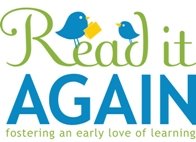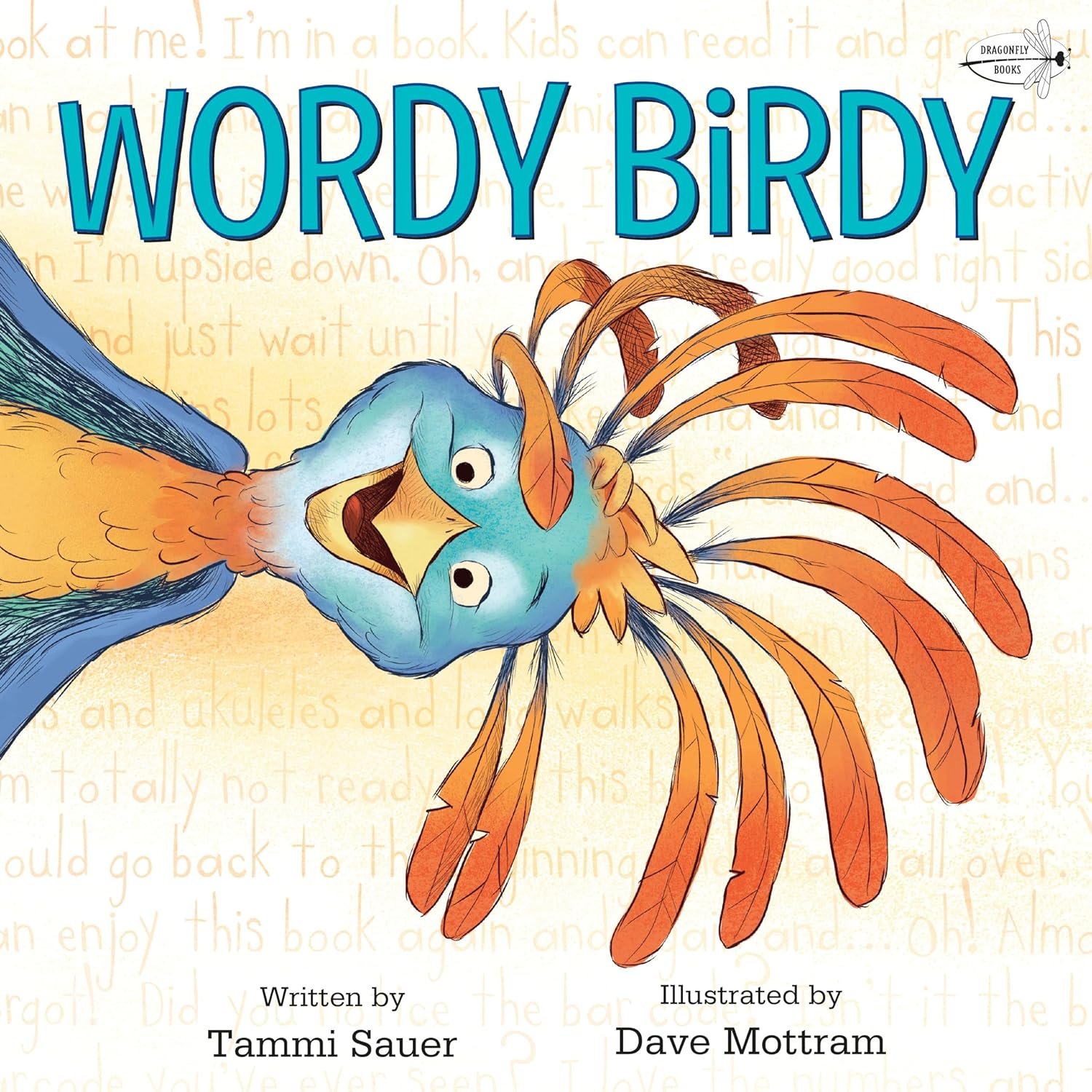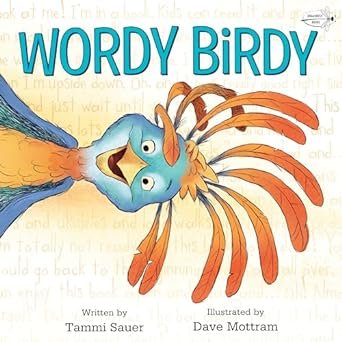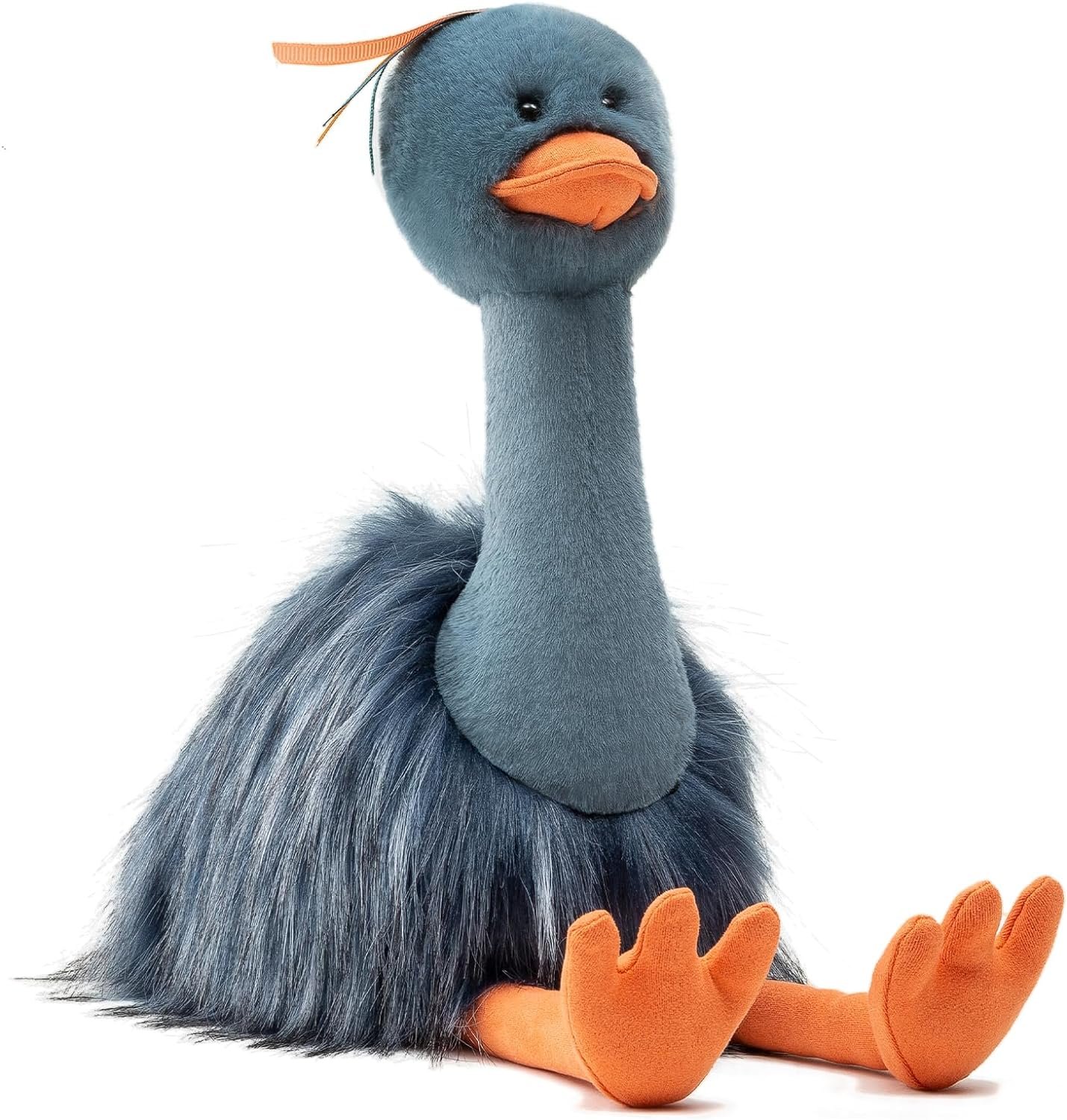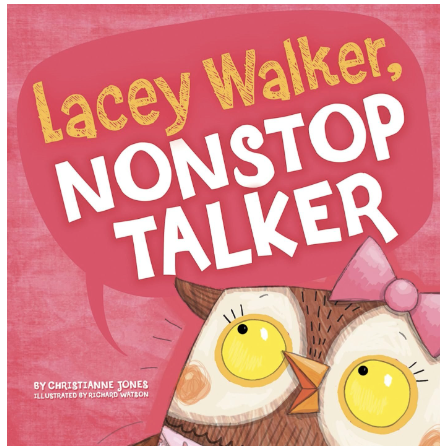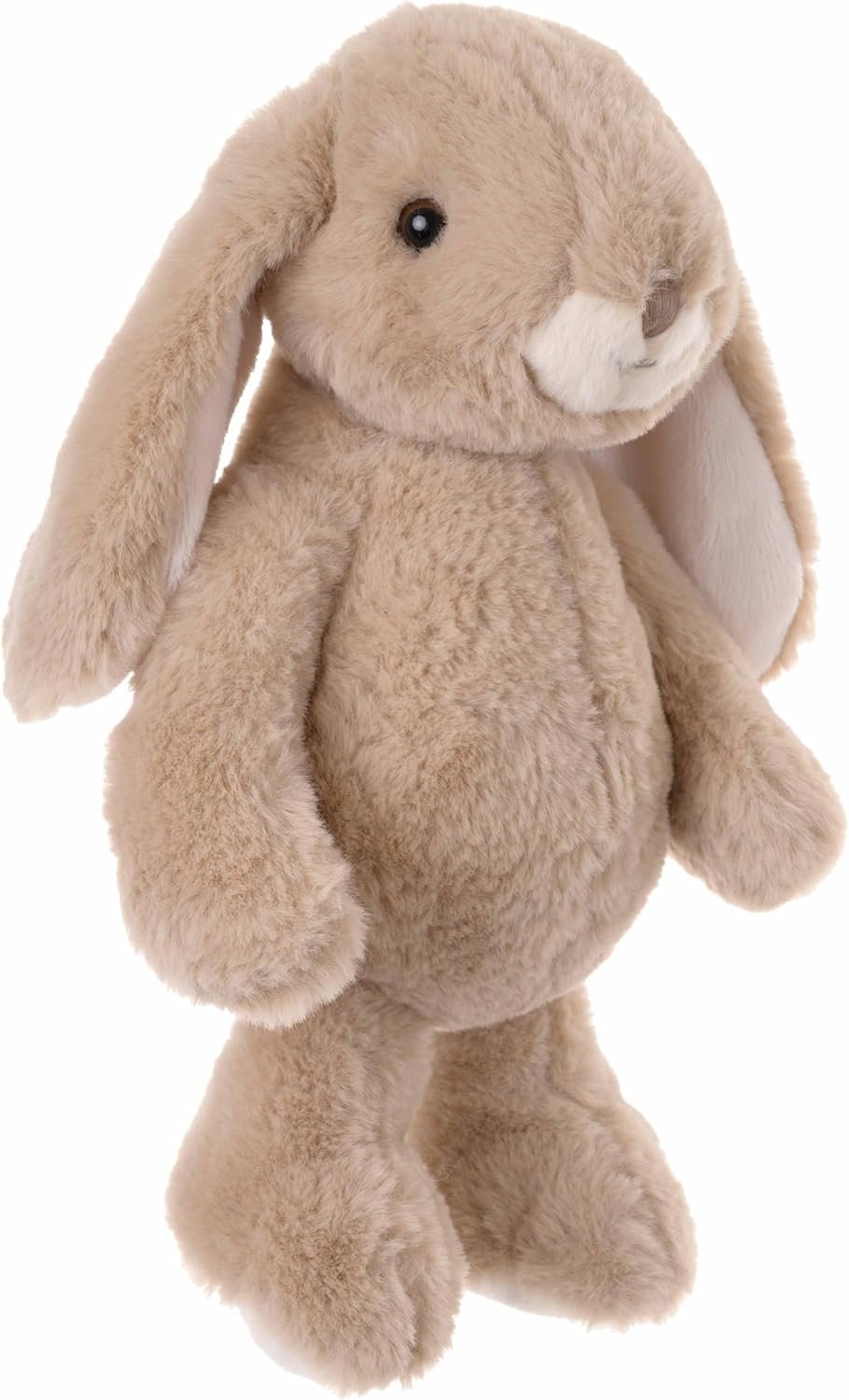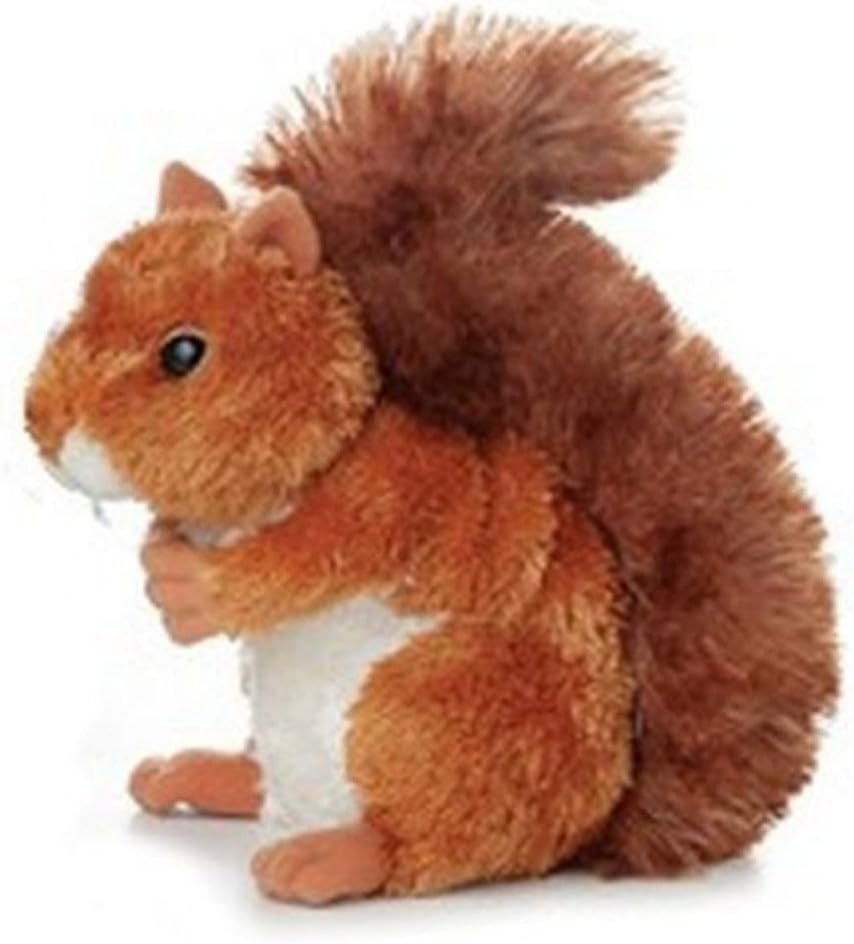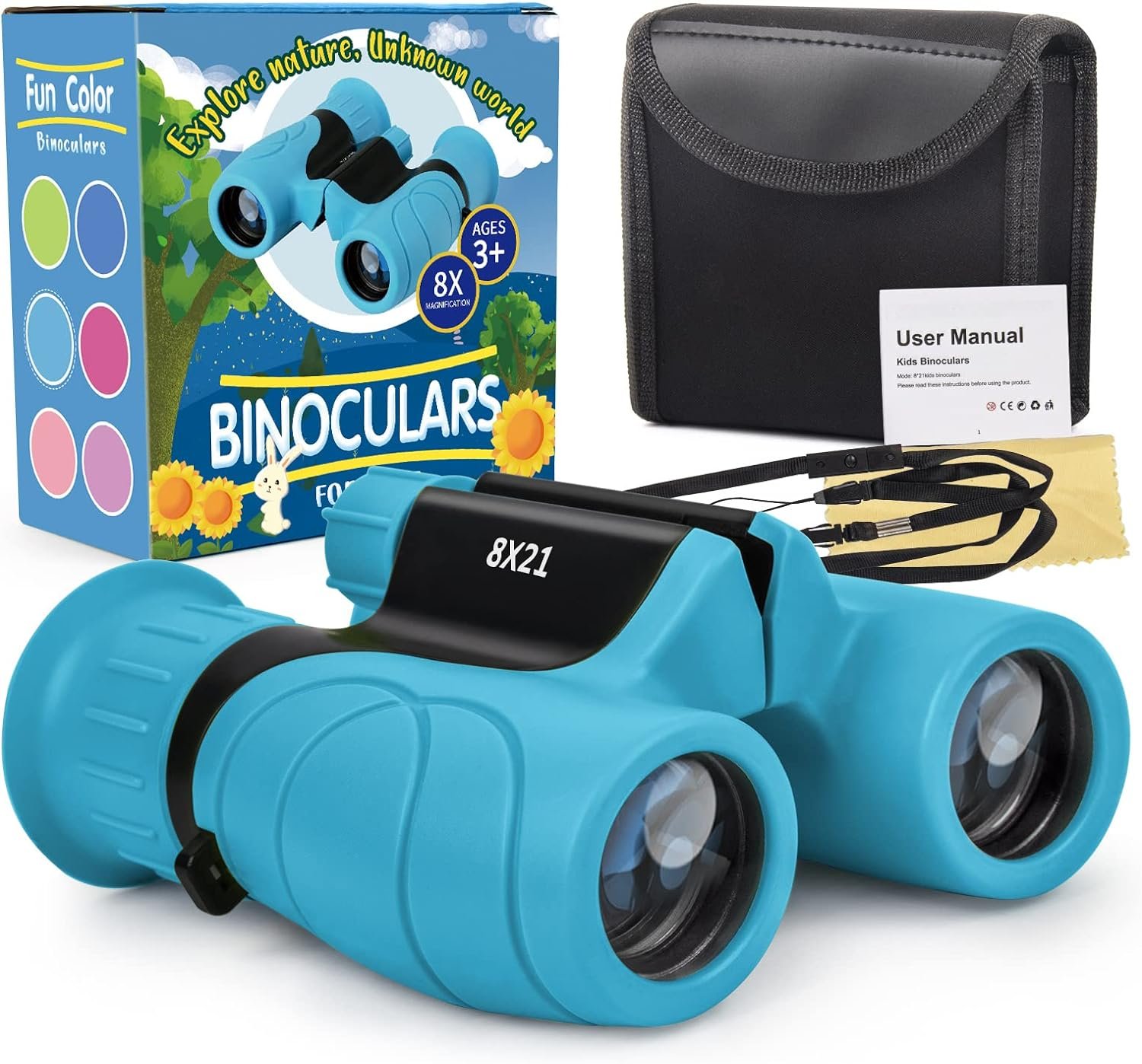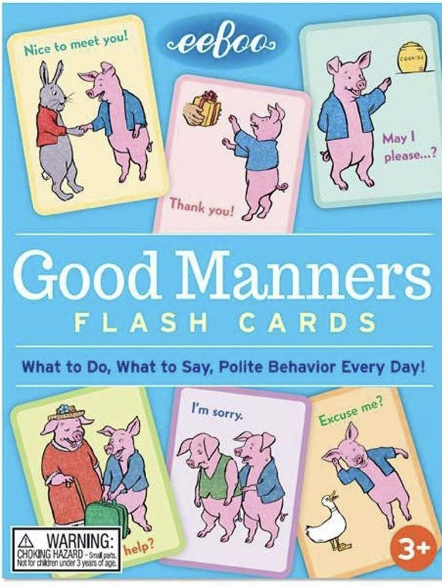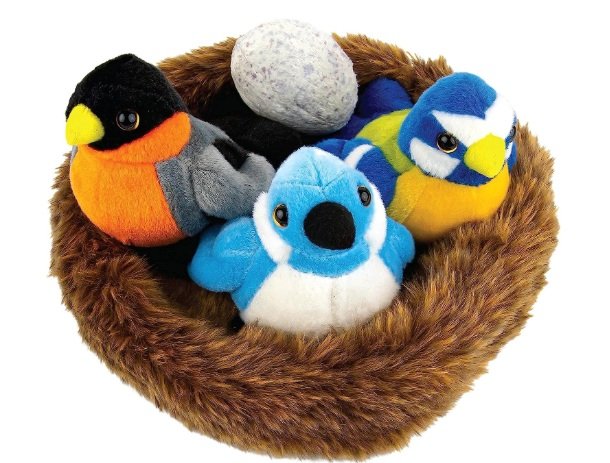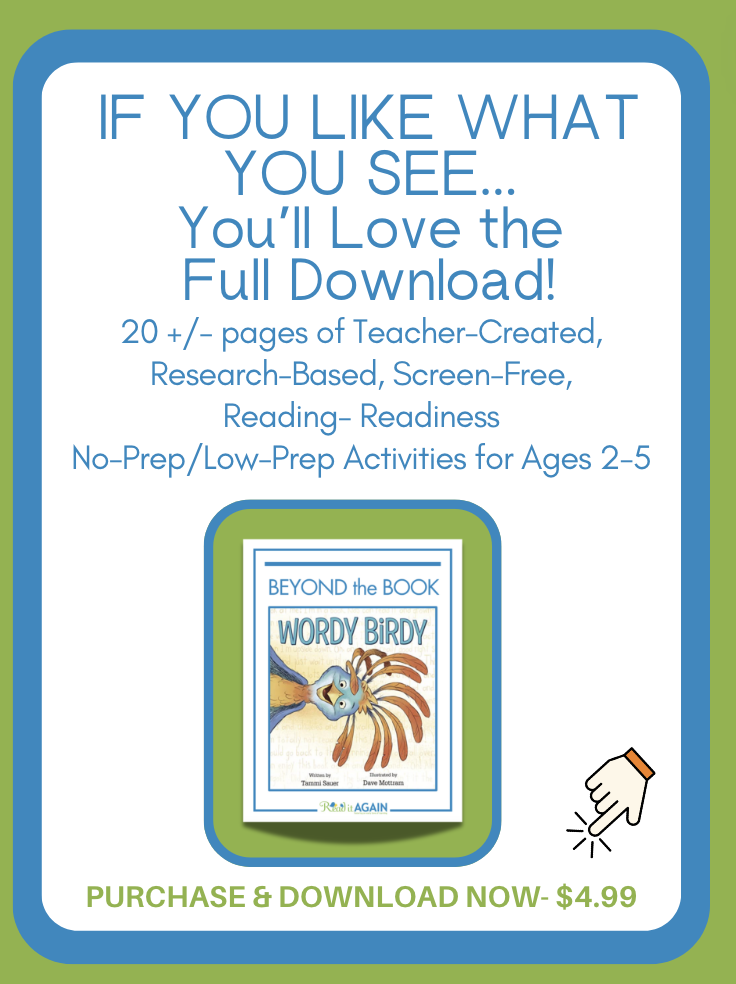5 Things You Can Teach Your Child as You Read Wordy Birdy
Extend the Learning with Story-Based Play
Adding an element of play is another way to deepen your child’s understanding of concepts within and beyond a story. According to Hall (1991), young children often develop advanced literacy skills when they engage in play related to a familiar story. Many complex literacy skills develop naturally when the story and play intersect, setting the stage for your child to learn to read and write.
It’s easy. Take a great story, gather toys that align with that story, and get out of the way. Your child will do the rest. The goal is to allow the play to evolve naturally. You’ll be surprised by the amount of learning transferred and reinforced through this type of play.
Here’s Why We Love These Specific Products:
They have direct connections to the book.
They reinforce new vocabulary.
They encourage imaginative play
They make it easy to re-enact parts of the story.
They often take learning beyond the confines of the story.
Few require batteries, screens, or electricity.
If you purchase something through one of our links, you won't pay a penny more, but we’ll earn a tiny commission which helps keep the lights on.
Other Titles by Tammi Sauer
Wordy Birdy is fun to read aloud and get children excited as they anticipate what’s going to happen. The story also examines social skills and a number of important educational concepts.
Listed below are 5 educational concepts to help you sneak in a little learning as you read this book with your child.
Speech and Communication Skills
The story revolves around Wordy Birdy's tendency to talk a lot and not listen. Use this as a springboard to discuss the importance of effective communication, active listening, and knowing when to express oneself.Critical Thinking
As the story unfolds, Wordy Birdy encounters situations that require problem-solving and critical thinking. Use the incidents in the book to engage your child in discussions about the consequences of Wordy Birdy's actions.Empathy & Appreciating Differences
The characters in the book respond to Wordy Birdy's chatter in different ways. Use their responses to discuss the concepts of empathy, and understanding others' perspectives.Understanding Social Cues
This story provides multiple opportunities to explore social cues and appropriate behavior. Spend a little time talking about how Wordy Birdy's actions affect the other characters in the story.Humor
The humor in "Wordy Birdy" almost demands a child's attention. Become an actor as you read this and go over the top with your interpretation of Wordy Birdy. Do this and I can almost guarantee that your child will be laughing through the entire story!Humorous books often promote a positive attitude towards reading, fostering a love for literature and engagement.
Meet the Author
Tammi Sauer is a contemporary American children's author known for her delightfully humorous picture books. Born and raised in Oklahoma, Sauer has a background in education and has worked as a teacher and library media specialist. Her passion for storytelling shines through in her engaging narratives and quirky characters. Sauer has authored numerous acclaimed books, including Chicken Dance, Princess in Training, and Nugget and Fang. With a knack for crafting entertaining and meaningful stories, Tammi Sauer has become a beloved figure in the world of children's literature. Her books not only entertain but also convey important messages, making her a favorite among both children and parents alike.
